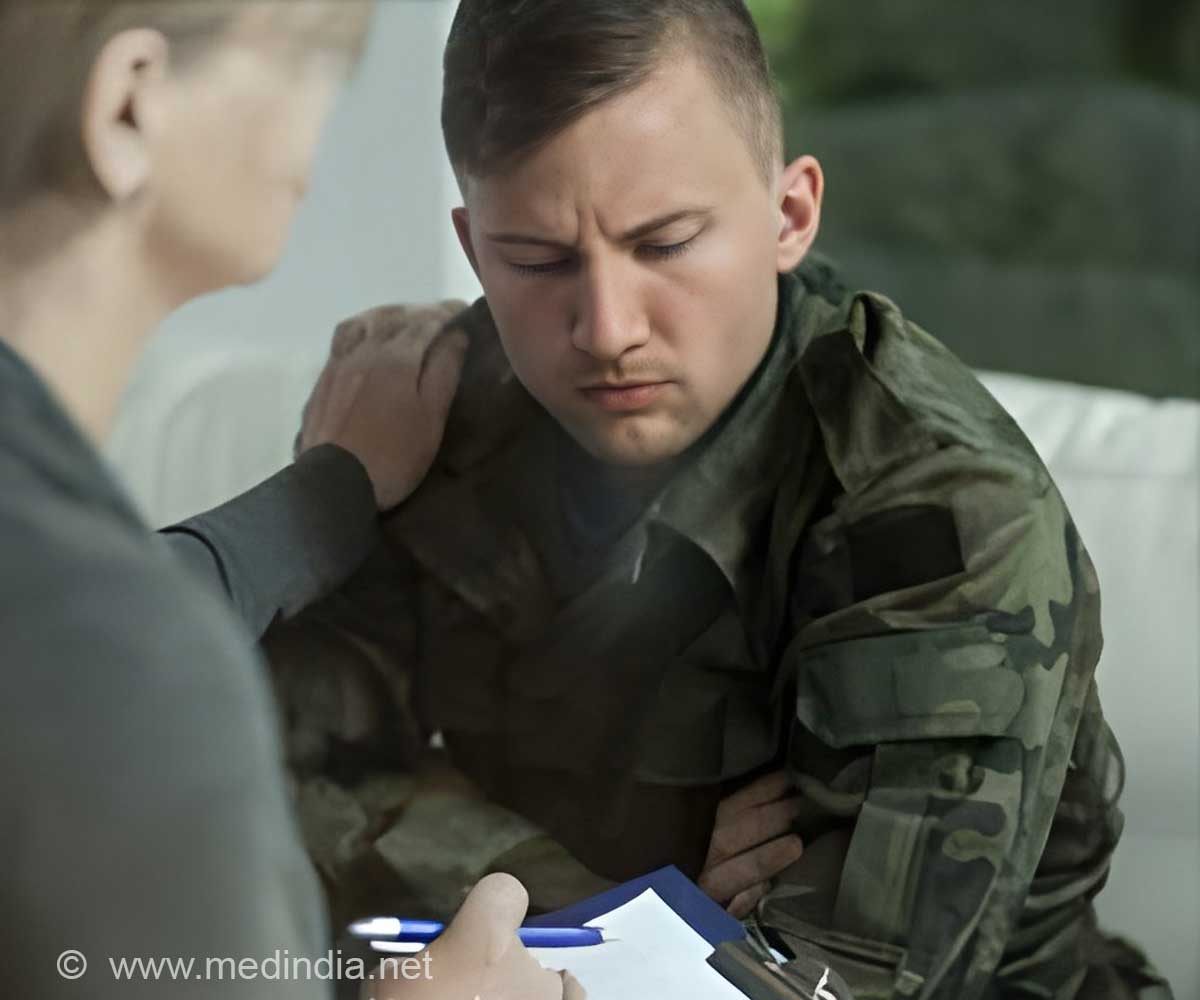Long-term follow-up in a difficult-to-track trauma patient population is possible, reveals a new study.

TOP INSIGHT
Long-term follow-up in a difficult-to-track trauma patient population is achievable through the use of established contact strategies and a variety of interview locations.
Read More..
The lead author of the study is Jessica Roche, MPH, a research specialist at the University of Michigan Injury Center. The findings of the study are discussed in a recent AEM podcast, Tracking Assault-Injured, Drug-Using Youth in Longitudinal Research.
Roche, et al., suggest that future studies focusing on hard-to-reach populations should factor in the time needed to achieve successful follow-up retention and the number and types of contacts needed to ensure the continued involvement of as many participants as possible.
The authors further suggest that newer developing methods of contacting participants through advancements in technology be explored, suggesting that using these methods to reduce attrition may improve the quality of hospital- and ED-based violence prevention programs and help promote evidence-based best practices.
David G. Jacobs, MD, medical director, F. H. "Sammy" Ross, Jr. Trauma Center and chief, Trauma Section, Division of Acute Care Surgery, Department of Surgery at Carolinas Medical Center, commented:
Source-Eurekalert
 MEDINDIA
MEDINDIA




 Email
Email





